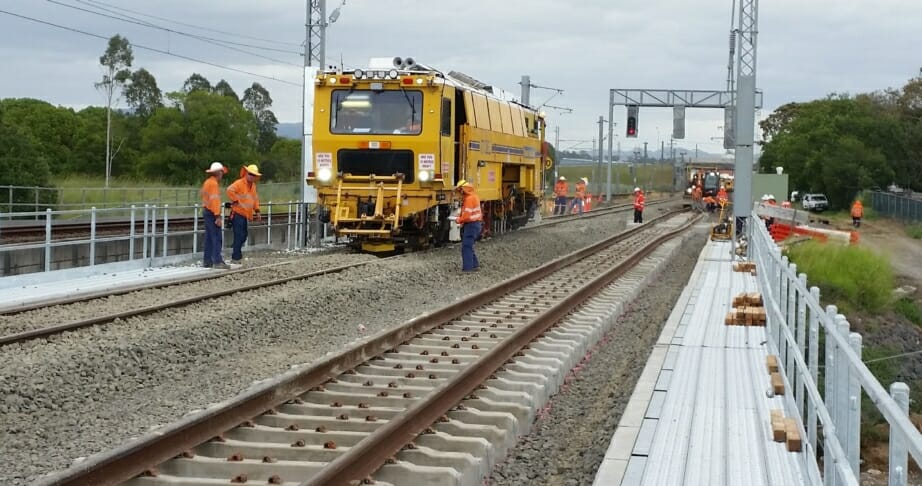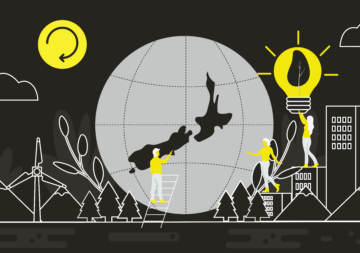
19 February 2019
Joining the Dots – The Importance of Internal Project Integration / Part 2
Gordon is a Project Director in TSA’s Brisbane office, with over 25 years’ experience in the construction industry he has worked on civil, structural, defence, aviation, industrial and health infrastructure projects. He has fulfilled multiple roles from design management, contract management, site management, superintendency and client-side project management.
Most recently Gordon’s project focus has been in the rail sector, working on various projects for Queensland Rail. From his experiences, he had put his learnings to paper, so we can apply them to our future projects.
Tips for managing stakeholders
Last week Gordon shared his insights on the importance of joining the dots in an integrated project team, and listed his 5 tips for managing stakeholders. In this article, these 5 tips are explained in further detail to help you mitigate the challenges of managing stakeholder groups to achieve a successful project outcome.
Tip 1 | Get the right people involved
It is important to work closely with the client’s project representative early in the project lifecycle, to identify all the stakeholder groups and individuals within these groups that need to be consulted with.
Tip 2 | Make sure everyone is included
It important that no stakeholders are marginalised or excluded. Including all stakeholders and valuing each group’s input and contributions, you make them feel appreciated, and they are more likely to work with you. Make sure that this acceptance and acknowledgement of value is shared by all parties in the project team, including the contractor – who needs to liaise with stakeholders during the delivery phase.
Tip 3 | Create personal relationships
It helps to get to know each of the representatives of each stakeholder group. This enables you to understand what is important to the group and how they fit into the organisation. A good working relationship with each representative will make it easier to have honest and fair discussions when decisions need to be made that include concessions or compromises.
Tip 4 | Make them feel heard
While some stakeholders may believe that they are more important than others, you need to understand how they really fit into the organisation. This will be clear when you understand the limits of what their group is responsible for or contribute to the organisation. While they may have different levels of authority, all stakeholder should be treated equally important when in group sessions.
Tip 5 | Understand their needs
While you are not expected to become an expert in every discipline, it is valuable to spend time with each stakeholder group to get a clear understanding of what they do and what is important to allow them to contribute to the overall project. This understanding will also make it clear where different stakeholder groups complement each other or at what point scope and responsibilities shift from one group to another.


